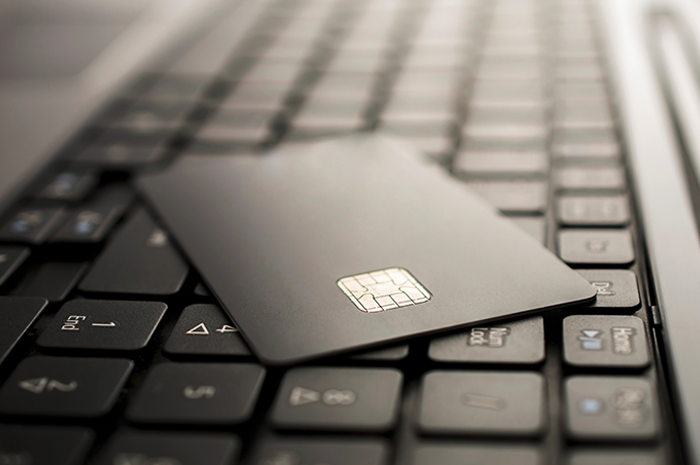How To Manage Your Credit Card Debt
In 2019 the average credit card debt a consumer carried in America was over $6,000! That’s a large sum of money that interest has to be paid on– not to mention late fees. Carrying around a lot of credit card debt can also effect your credit score and cost you even more money in the long run. It may seem like you’ve gotten yourself into a hole that you can’t dig out of, but don’t fret. Planning your financial future can be one of the easiest and most empowering things you can do starting today. PowerHouse Consultants has a few tips on how to manage your debt with your credit score in mind and make that mountain of debt seem like just a bump on the road to your financial freedom.
What do I owe?
First, we must assess the situation. Gather up all your most recent credit card statements and figure out the balances you owe, the card limits, their interest rates, and your minimum payment amounts.
Prioritize
If you would like to save the most amount of money in the short term you might want to consider paying down the card with the highest interest rate first. Every day you are being charged a percentage for borrowing so the longer you put off paying down that card with the highest interest rate the more interest you’re accruing and the deeper your hole gets. Another important figure to keep in mind is what percentage of your credit card limit you are utilizing. Credit utilization is a major factor they use when determining your credit score. Lenders want to know that you are using your credit wisely and not maxing all your cards out. If you have a card that is using over 50% of it’s limit you may want to pay that card down to below 50% OR transfer to a new card that carries a 0% interest rate. Getting your card utilization rate under 30% would be ideal. For example if your card has a limit of $3,000, keeping your amount owed under $1,000 would be wise.

Make A Plan
Now that you know which of your cards you would like to pay down first, figure out how much money you have to spend towards your debt. Assess your entire monthly budget and decide how much you can pay after rent, food, and other necessities. Plan the specific amounts you will pay toward each card each month. Don’t just pay the minimum amount due as this will signify to lenders that you are financially stressed not to mention you’ll also be paying more in interest. One way to lower the interest rate on one of your credit cards is to just ask! Contact your lender and let them know that you’d like a lower interest rate. They will be more inclined to do so if you’ve been a loyal customer that has made their payments on time, so make sure they know you’ve been a customer of theirs for however many years and that you have plenty of other credit card options out there.
Watch Your Progress
It can be extremely gratifying to watch your debt shrink each month. It takes time and patience, but you will see positive results if you’re consistent. Once you’ve paid off one of your credit cards don’t rush to cancel your card. Having available credit will help your credit utilization ration and could possible improve your credit score. If you haven’t gotten the results you want another option you have is to consolidate all your debt into a single loan. If you’re credit score is in good standing you may be able to have a loan with an interest rate that will favor you. If your credit score could use some improvement contact us at Powerhouse Consultants and we can help you reach your highest credit potential.
Pro Tip
Make more money! You’re probably thinking “No duh!”, but in all the research that was done for this article I did not see it mentioned once. There is plenty of talk about saving money by cutting coupons, buying things on sale, and living more frugally in general, which we’re all aware of, but consider spending all that time and energy working on your resume, building your skills through education and finding better opportunities for growth.





